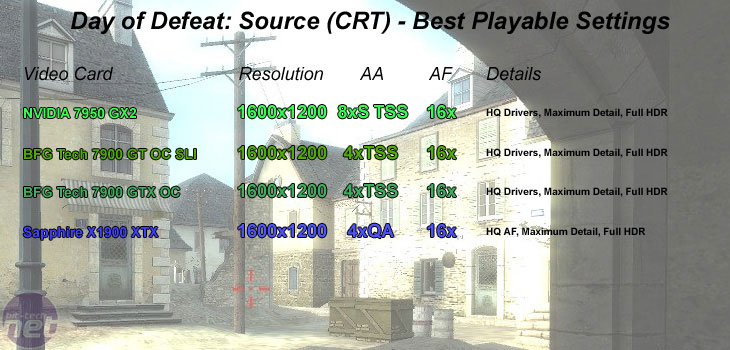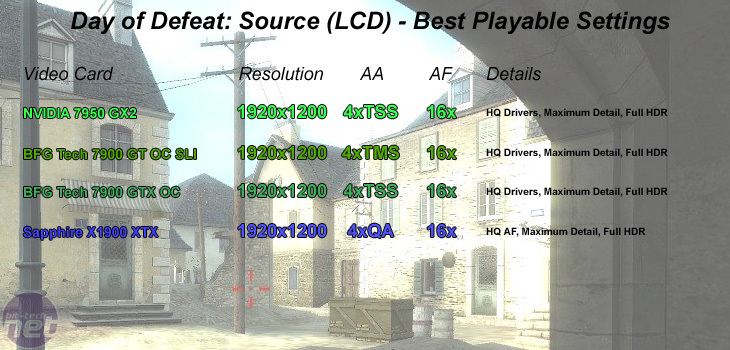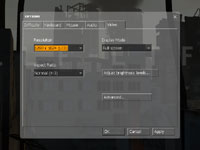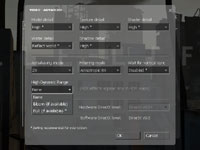
Day of Defeat: Source
Publisher: ValveWe used the popular remake of the World War II online multiplayer, Day of Defeat: Source, which uses Valve's implementation of high-dynamic range rendering. We did three five minute portions of real world game play on the dod_anzio map. We connected to three different public servers each with a ping of less than 30ms and 16-20 players in the game when we were recording the frame rates.
Anti-Aliasing and Anisotropic Filtering were controlled from inside the game, and thus the drivers were left set to "Application Controlled". There are three options for the method of HDR used in this title. You can either disable HDR completely, make use of "Bloom" which is just what it says and less resource hungry in comparison to "Full" which, again is just what it says. It utilises a full dynamic range with the iris effect too.
We have written quite a bit about Half-Life 2: Lost Coast, Day of Defeat: Source and how Valve have implemented HDR in to the Source Engine. You can check out the articles listed below for more information on The Lost Coast & Day of Defeat: Source.
- Half-Life 2: Lost Coast HDR overview
- Half-Life 2: Lost Coast hands on
- Half-Life 2: Lost Coast Benchmarks & Video
- Day of Defeat: Source
- Cinematic Effects in Source
CRT Gaming:


While the frame rate on the GeForce 7950 GX2 was lower than the frame rates delivered by the GeForce 7900 GT OC SLI, GeForce 7900 GTX OC and Radeon X1900XTX, the GX2 was using a higher level of Anti Aliasing. Both the 7900 GT OC SLI and 7900 GTX OC video card configurations were playable at the same settings: 1600x1200 4xTSS AA 16xAF with maximum in game details. The GeForce 7900 GTX OC delivered a smoother gaming experience though, thanks to the higher minimum frame rate.
Finally, the Sapphire Radeon X1900XTX was playable at similar settings to the two BFG Tech GeForce 7900-series video card configurations, using the equivalent Adaptive AA setting to transparency supersampling, along with ATI's High Quality Anisotropic Filtering mode, too.
24" Widescreen Gaming:


The GeForce 7950 GX2 was faster than the BFG Tech GeForce 7900 GT OC SLI configuration, as we were able to obtain smoother frame rates at higher detail settings. It was the fastest card in the test, but it wasn't fast enough to provide additional gameplay benefits over the BFG Tech GeForce 7900 GTX OC or Sapphire Radeon X1900XTX at this resolution. The problem was that the minimum frame rate dropped into the mid teens when we enabled 8xAA, even without transparency AA enabled.

MSI MPG Velox 100R Chassis Review
October 14 2021 | 15:04









Want to comment? Please log in.